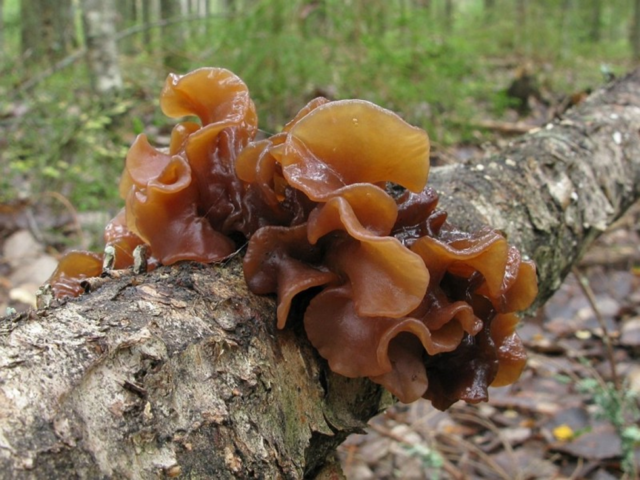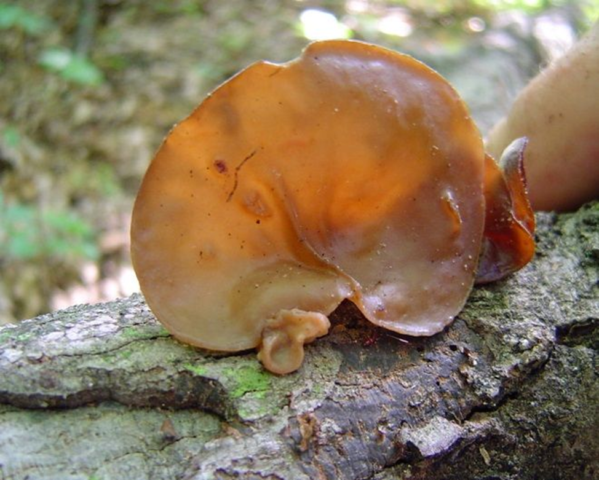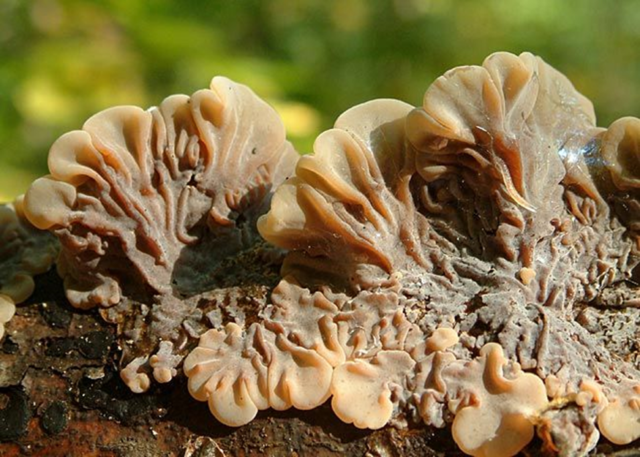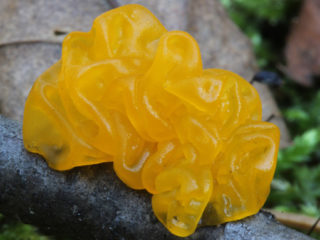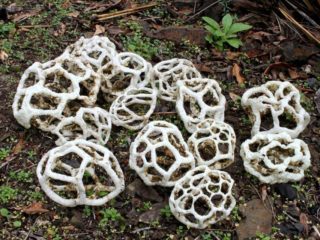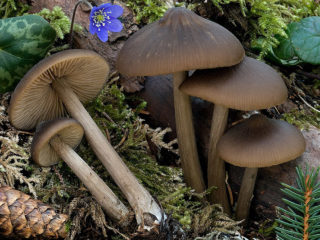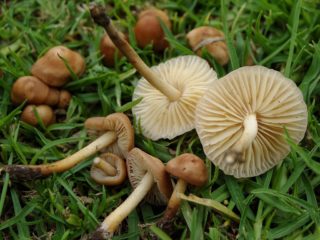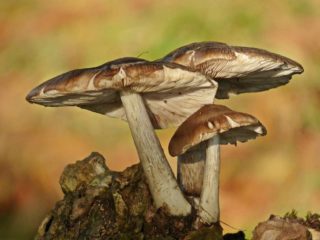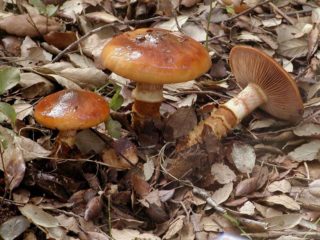Content
The genus Tremella includes mushrooms whose fruiting bodies are gelatinous and lack stalks. The deciduous trembler resembles a wavy fringe bordering the trunk of a dry tree or stump.
Description of leaf shaker
The shape can be different: sometimes it stretches up to 20 cm or more in length, often grows in a heap, becoming like a pillow or a ball up to 7 cm high. It all depends on the location of the mycelium and the conditions of the growing environment. These leaf-shaped brown formations have a single base.
The rusty-brown blades darken over time, even turning black. White spores appear on the surface.In humid weather, the formations are gelatinous, since the hyphae that make up the fruiting body are able to accumulate moisture, which allows them to withstand prolonged drought. The scallops wrinkle only after a while and acquire a purple tint.
The pulp at an early age is dense, elastic, similar to rubber. Later this property is lost. And in drought, parts of the fruiting body become brittle and fragile.
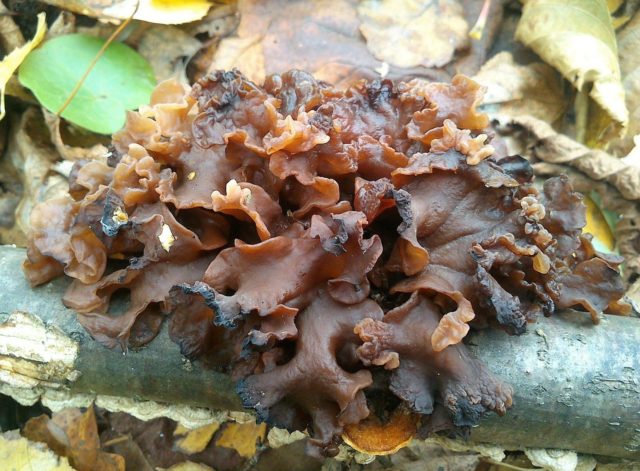
Gelatinous bodies retain moisture for a long time even in dry weather
Where and how does it grow
Distributed throughout the Northern Hemisphere. It prefers trunks of deciduous trees, stumps, and substrate, as it parasitizes other fungi of the Stereum genus. In Russia, small groups of these exotic saprotrophs are found in the European part of the country, in the Far East from September to November. If the winter is warm and snowy, they persist until early spring. Sometimes mushroom pickers see tremblers in June.
Is the mushroom edible or not?
Some species of this family in China are used in cooking, for example, fucus, others - in folk medicine. But the leaf trembler is an inedible fruiting body. The pulp has no smell or taste. It is not worth collecting, although it is not toxic, there is no information about toxicity.
Doubles and their differences
All formations of the genus Feotremella are similar to each other with a wavy form of formation and a fringed structure. Some species are highly dense, others are looser. The following types are doubles:
Leaf trembler parasitizes coniferous trees.
Auricularia auriculata forms rosettes in the form of an auricle from 4 to 10 cm. Saprotroph grows on deciduous trees in the warm part of the temperate zone. Prefers elderberry or alder.In China, soups and salads are prepared from it and used in folk medicine.
The auricularia tortuous resembles the intestines and has a translucent, grayish or light brown tint.
Conclusion
Leaf tremors are one of those mushrooms whose properties, like those of the entire family, have not been fully studied. Not edible.
